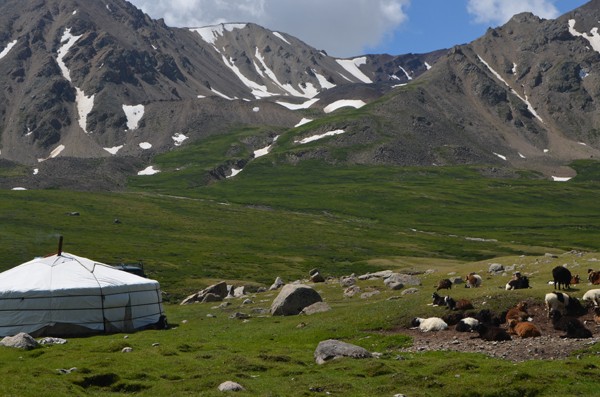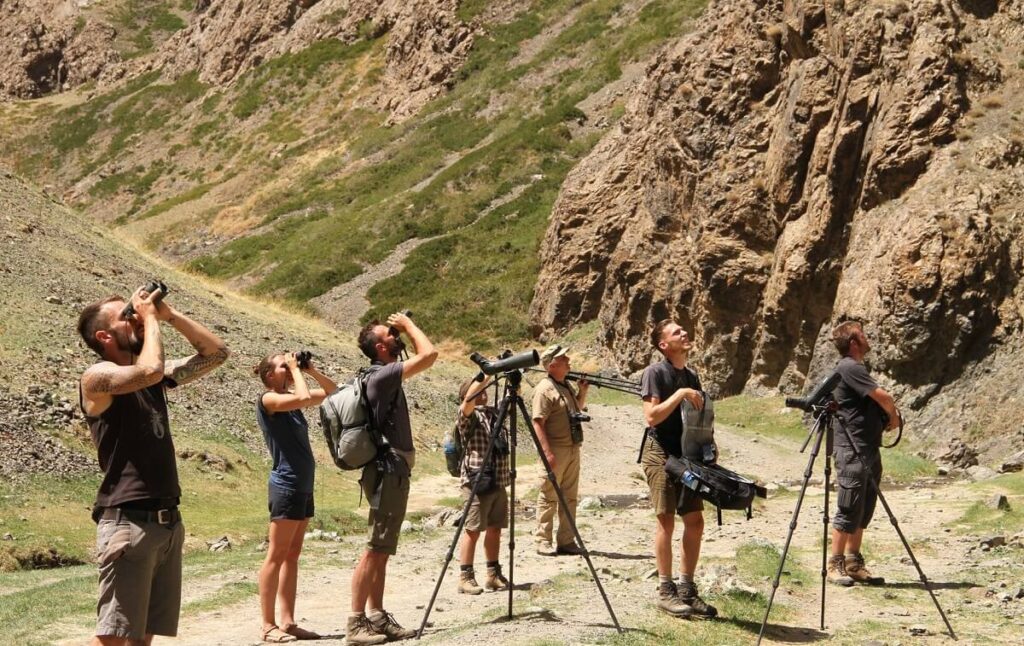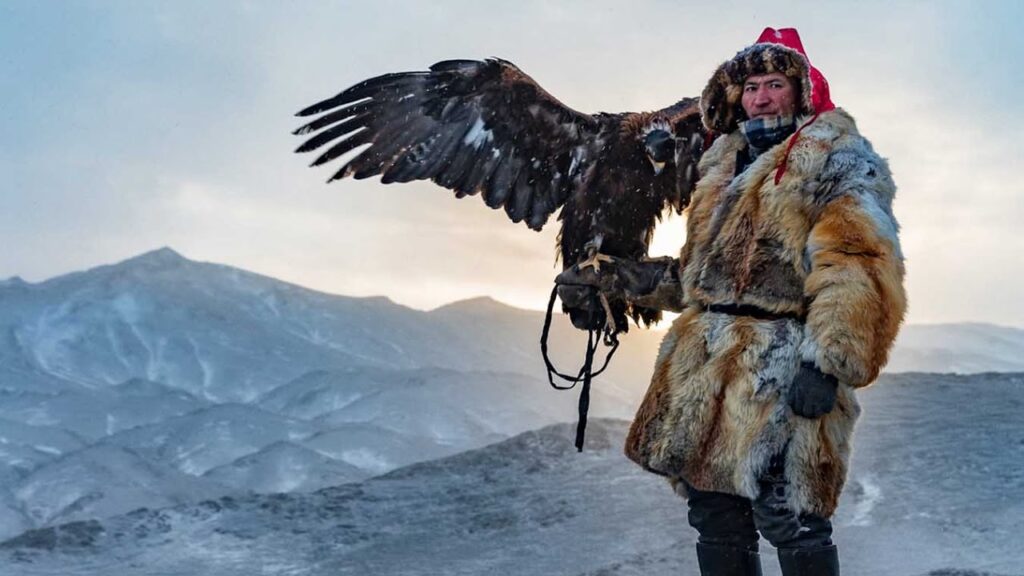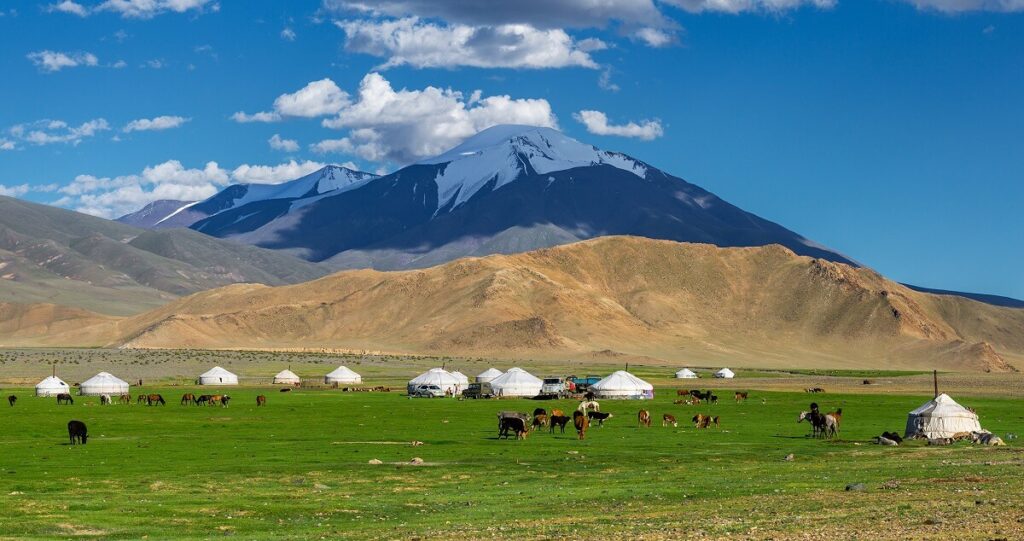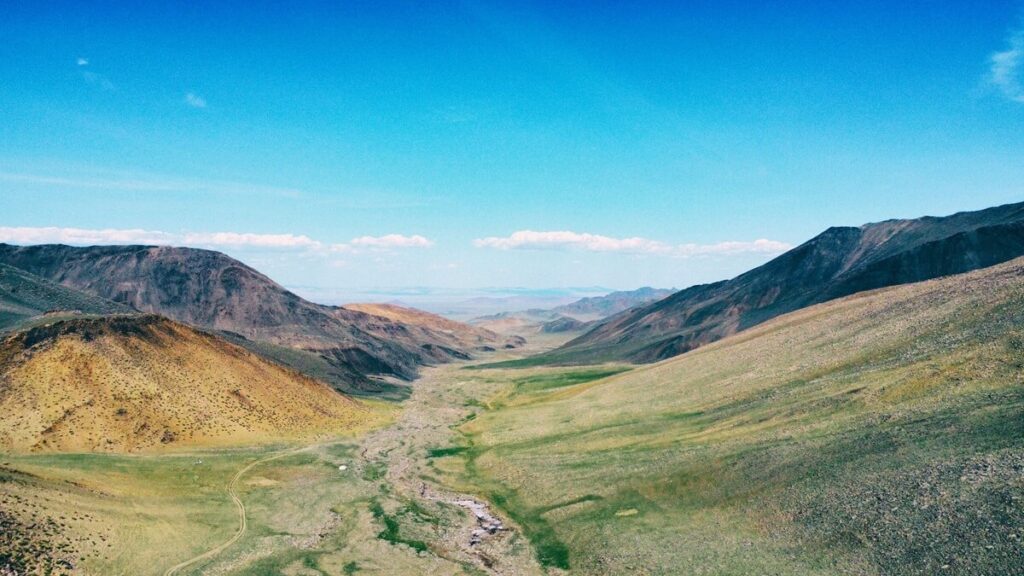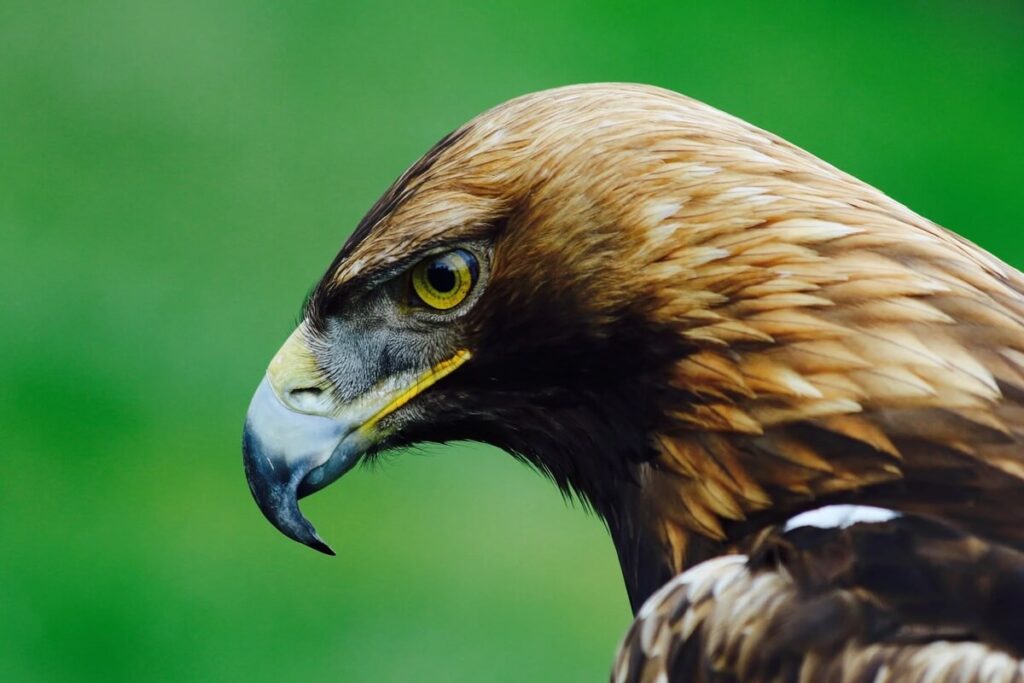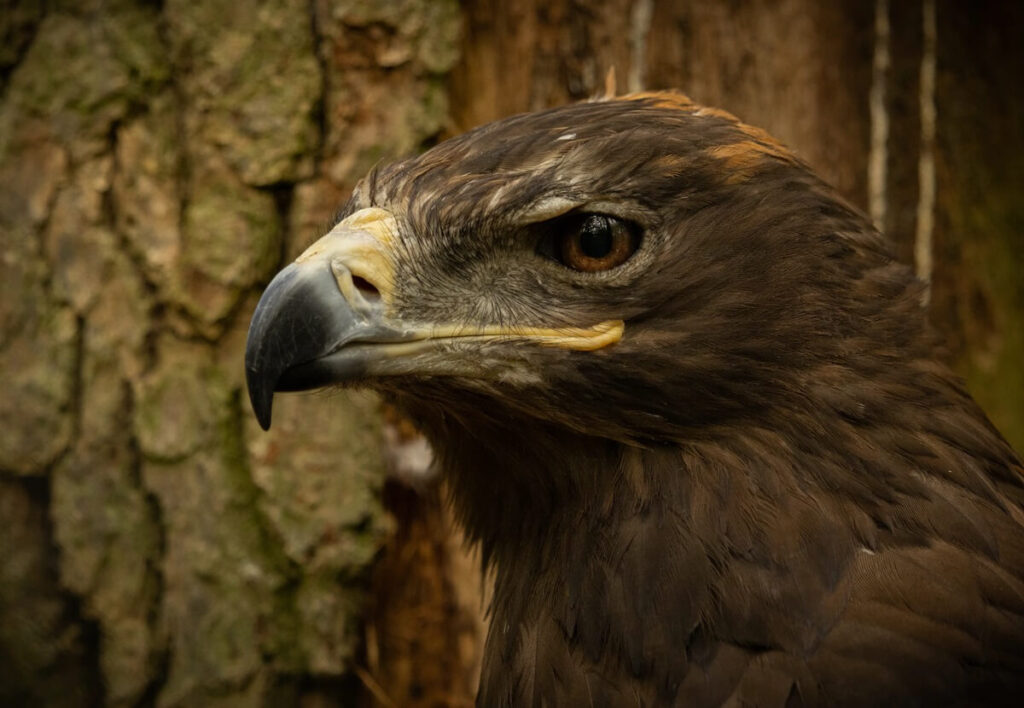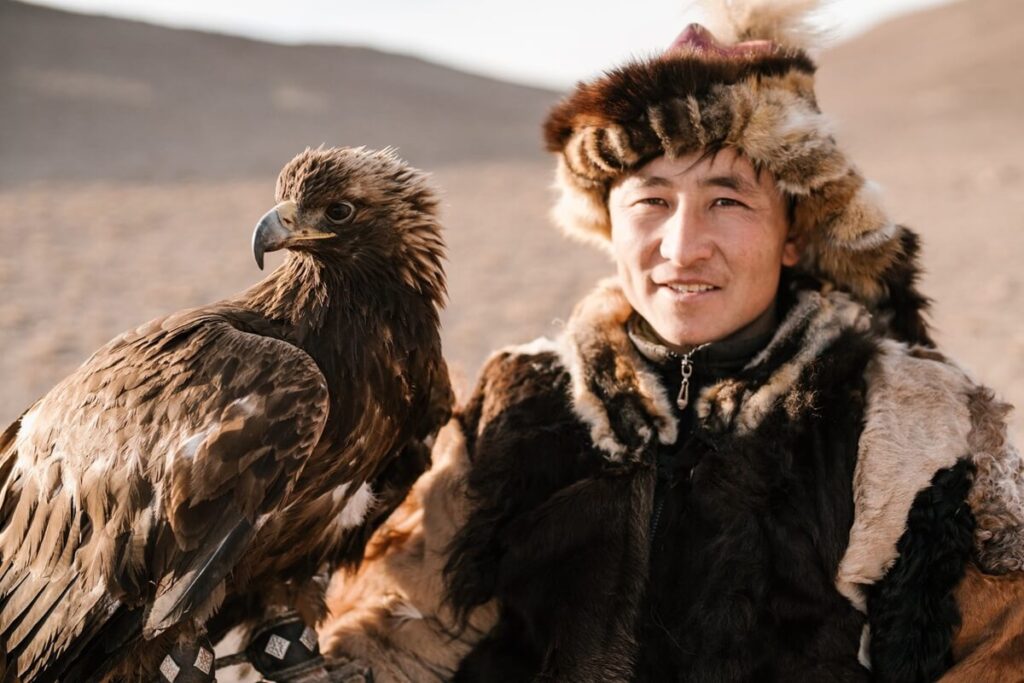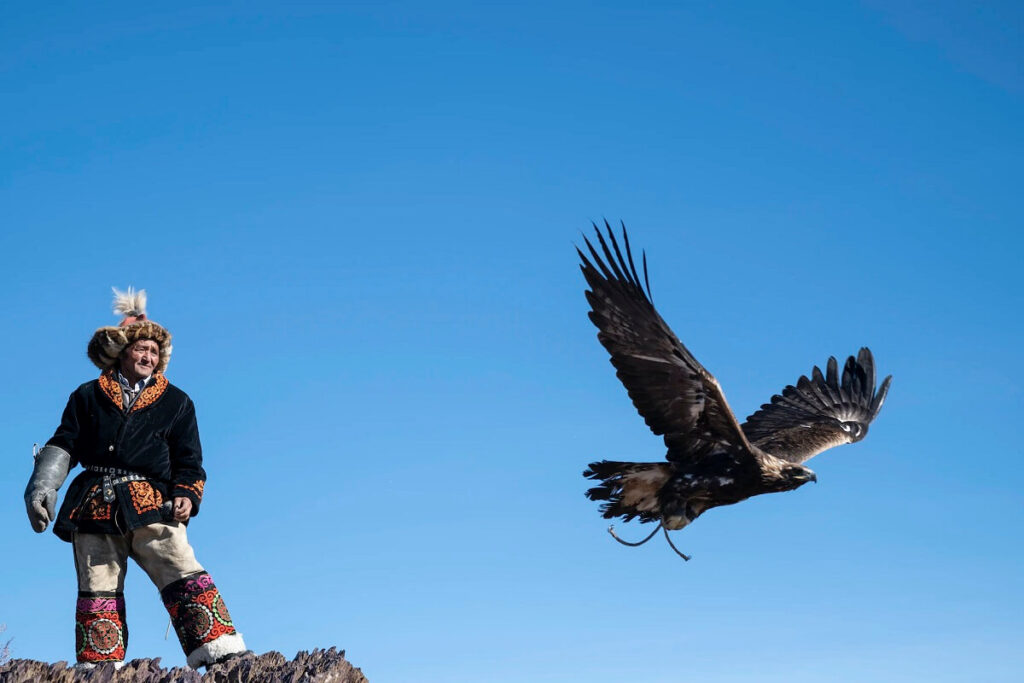The Tuvan people are a Turkic ethnic group native to Tuva, in Central Asia. They number around 200,000 and live in Russia (Tuva), Mongolia, and China.
The Tuvan tribe has its own unique language and culture, which has been passed down through the generations. Tuvan people are known for their throat singing, a form of music that uses the voice to produce two or more notes simultaneously. So here is everything you need to know about the Tuvan people.
We offer you GOLDEN EAGLE FESTIVAL PHOTOGRAPHY TOUR. It will be so amazing 🤩🤩
HISTORY OF THE TUVAN PEOPLE
Archaeological evidence suggests that people have been living in Tuva since the Paleolithic era.
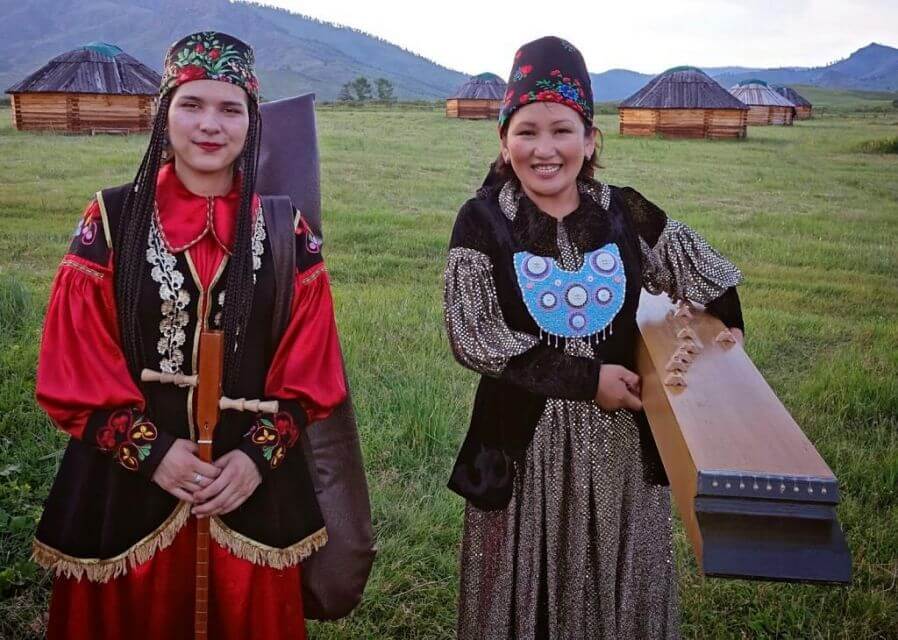
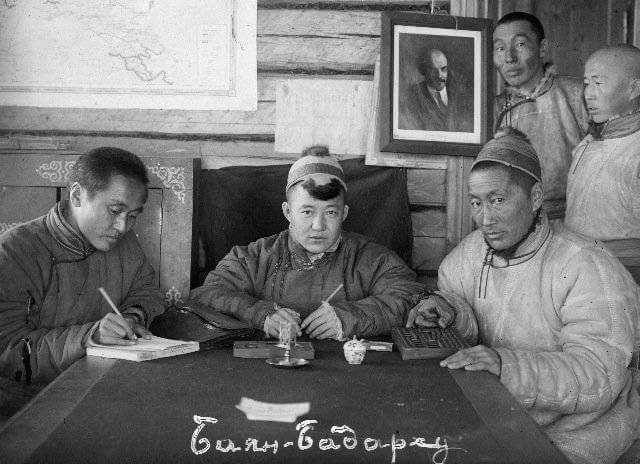
- Ancient Turks, Uyghurs, Yenisey Kyrgyz, Mongols, Mongolian Oyrats, and Manchu Chinese have all ruled Tuva throughout history. In the 17th century, when they embraced Yellow Hat Tibetan Buddhism, the Tuvans became a distinct ethnicity.
- In 1914, the Russian Empire designated Tuva its protectorate and permitted Russians to settle there, greatly offending the Tuvans who assaulted them from time to time.
- The new communist government in Russia declared in 1921 that the protectorate established earlier by the Russian monarchy was invalid, thus establishing Tuva as an independent state. In reality, the so-called “Tannu-Tuva People’s Republic” that governed from 1921 until 1944 was Soviet puppetry.
- In 1944, the Soviet Union annexed Tuva Republic; soon thereafter, thousands of Russian settlers arrived to work the land and construct factories and coal and gold mines. The Tuvans were forced into herding collectives similar to agricultural collective farms.
- The Tuvan ethnic group has increased its demographic dominance in Russia after the fall of the Soviet Union, from two-thirds to three-quarters of the republic’s population. Tuva, nevertheless, remains one of Russia’s poorest regions and is highly reliant on federal subsidies.
WHERE ARE THEY LIVING CURRENTLY?
The Tuvans are currently inhabiting
- the Tuvan Republic of the Russian Federation
- Western Mongolia
- Western China.
Interesting facts about the Republic of Tuva
The Tuvan republic is located in southern Siberia and at the geographical center of Asia. The republic shares borders with the Altai Republic, the Republic of Khakassia, Krasnoyarsk Krai, Irkutsk Oblast, and the Republic of Buryatia in Russia and Mongolia to the south.
Kyzyl (300 miles from Abakan) is the capital of the Tuvan Republic and home to 80,000 people. Kyzyl has about 30% of the population of the Tuvan People’s Republic.
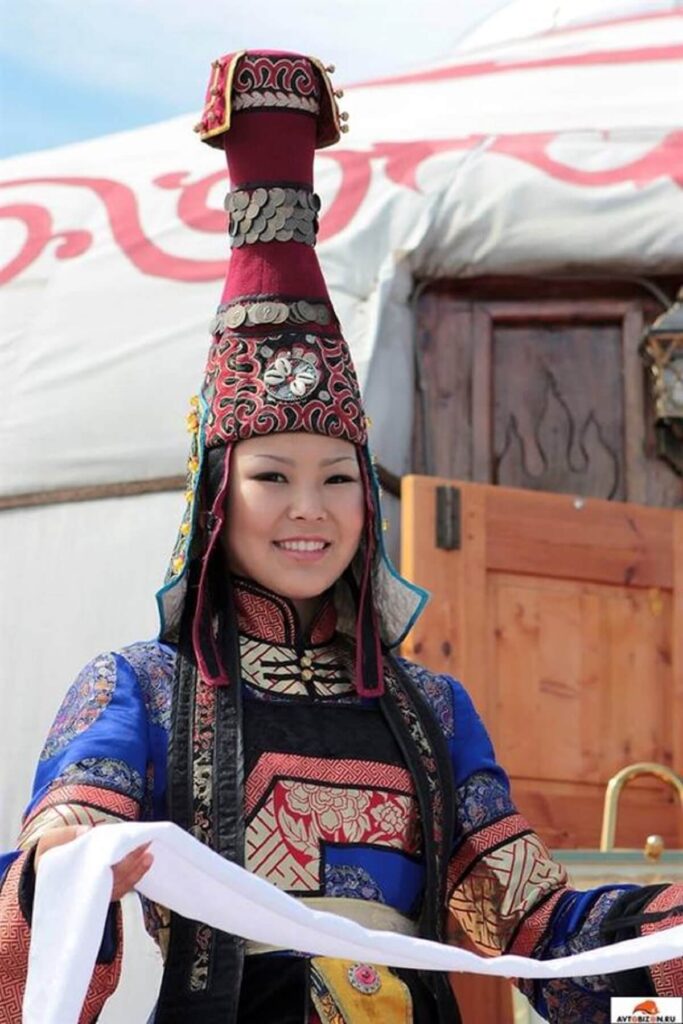
263,934 Tuvans live in the Republic of Tuva, accounting for 64 percent of the total population. The other 32 percent are Russian.
Around 10,000 Tuvans live outside the Tuvan Republic; 20,000 live in Mongolia and 4,000 reside in western China.
The Tuvans are mostly descendants of Turkic nomadic tribes who spoke a Turkic language. In 1943, their literary tongue was changed to the Cyrillic alphabet.
ABOUT TUVAN PEOPLE
The Tuvans are Turkic-speaking people who follow Tibetan Buddhism with a pinch of paganism. They resemble Mongolians and have several similar traditions.
Most Tuvans are semi-nomadic cattlemen, horse breeders, sheepherders, yak herders, and goat herders. Some communities in the mountainous forests of Northern and Eastern Tuva bred reindeer. Bears or squirrels are hunted by men. In the river valleys, they gather millet, barley, oats, and wheat.
The Tuvans traditionally live in a yurt, which is a felt cloth-covered wooden frame tent. This type of housing is perfect for the nomadic nature of the Tuvan people since it is very light and easily portable. The yurt has an iron stove at the center that is used for both cooking and heating the space. The Tuvan people get around via reindeer or horseback.
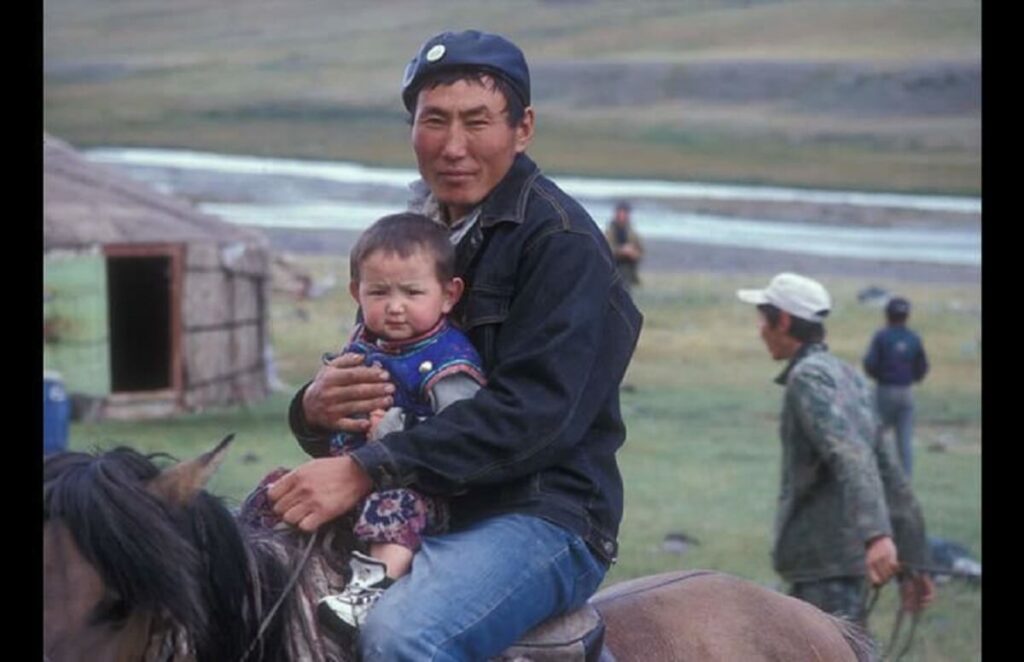
Tuvan people’s religion
Historically, the people of Tuva have been shamanists and Tibetan Buddhists. In 1931, there were 725 registered shamans in Tuva, half of whom were women. There are far fewer now.
Like other Buddhist groups in Russia such as the Buryat, the Tuva are members of the Yellow Hat sect of Tibetan Buddhism, whose leader is the Dalai Lama. Buddhism was introduced to Tuva in the late 18th century and is mostly considered traditional religion. Most modern Tuvans now consider themselves atheists.
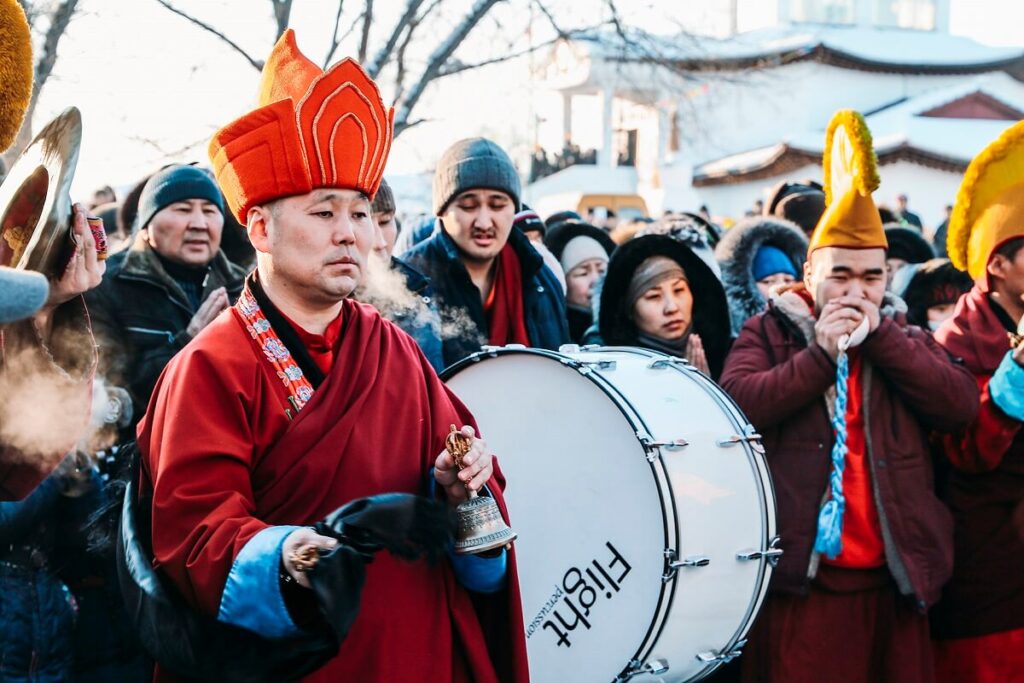
What language do Tuvan people speak?
The Tuvans speak the Tuvan language, which belongs to the Siberian branch of the Turkic language family. Its closest living relative is the language of the Tofalars (Karagas/ Toba) who live to the north of Tuva.
The language has different dialects depending on the region and country. The main four dialects of Tuvan are classified according to the parts of Tuva in which they are spoken:
- Central
- Western
- Northeastern
- Southeastern.
The modern Tuvan literary language is based on the Central dialect. The primary distinction between the Tuvan dialects is in terms of vocabulary and pronunciation, and the distinctions among them are not substantial enough to prevent people from conversing with each other despite their differences in dialect.
WHAT IS TUVA FAMOUS FOR?
Tuva is famous for its traditional throat singing, which is a form of music unique to the region. Tuvan throat singing, or khöömei, is a type of overtone singing where the singer produces two or more pitches simultaneously. Tuva is known for having some of the best singers in the world.
One of the sounds is like a jew’s harp’s metallic warbling, while the other is like a growling moan. Also known as overtone singing or throat singing, these sounds are achieved by regulating the larynx, mouth, and abdominal muscles carefully. Some of the songs were composed to mimic sheep and goat noises.
Khoomei’s (also spelled hoomi or khoomi) origins are unknown, but it is believed to have originated in Chandmani sum (county) in Khovd aimag in western Mongolia. Many khoomei singers continue to come from there.
Explaining how khoomeii songs began, one singer told National Geographic,”In the western part of our country there are many mountains and streams. The herder is there. He wants to imitate nature—how the wind blows, how the water gurgles.”
International films and documentaries often feature Tuvan music because of its ability to heal and meditate.
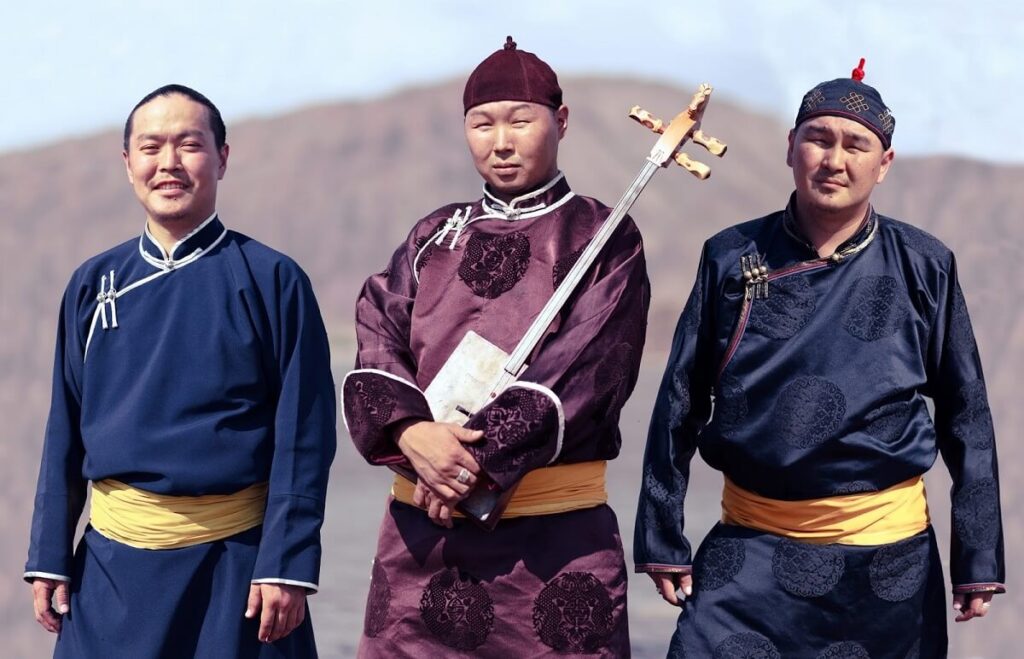
INTERESTING FACTS ABOUT THE TUVAN PEOPLE
The Tuvans’ name for themselves is Tyva.
The Tuvan have a tradition of rule by tribal chiefs.
They have also been referred to in ethnographic writings as the Uriangkhais, Urianghais, Tannu-Uriankhaitsy, and Soyots.
The early 1800s, a group from Tuva migrated to the Altai region in China, which today separates them from the main Tuva population. They have developed their own language and customs distinct from Tuvans in Russia and Mongolia.
Tuvans, much like Mongolians, engage in lengthy horse races and the sport of wrestling known as “huresh.” Huresh is performed very similarly to Mongolian wrestling where it takes place outdoors on the steppe during festivities such as weddings or other events. All wrestlers must wear brightly colored garments including flowy robes with long sleeves and leather-trimmed shorts.
FREQUENTLY ASKED QUESTIONS
Are Tuvans Mongols?
No, the Tuvan people are not Mongols. They are Turkic people and their closest relatives are other Turkic peoples like the Uzbeks and Kyrgyz. Tuva is located in southern Siberia and is bordered by Mongolia to the south.
What is the Tuvan flag?
The flag of the Republic of Tuva is a blue field with a white fiber cover of the same color bordering a yellow triangle on the hoist. White symbolizes silver and virtue.
How many Tuvan people are there?
The Tuvan population is estimated to be around 300,000 people. Tuva is a sparsely populated region with a population density of only 3 people per square kilometer.

